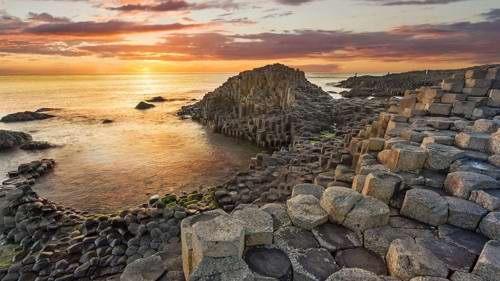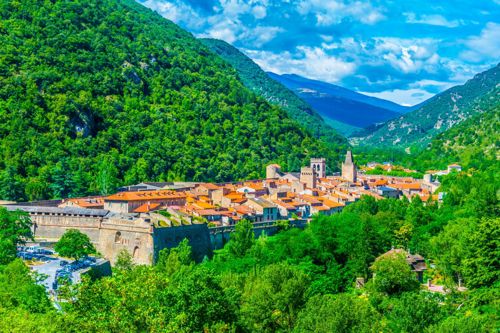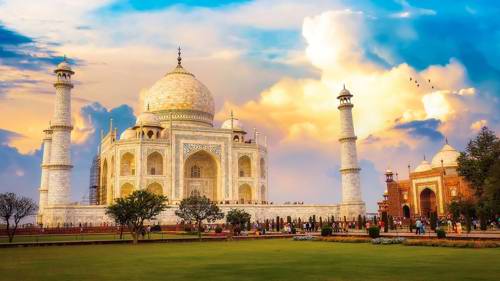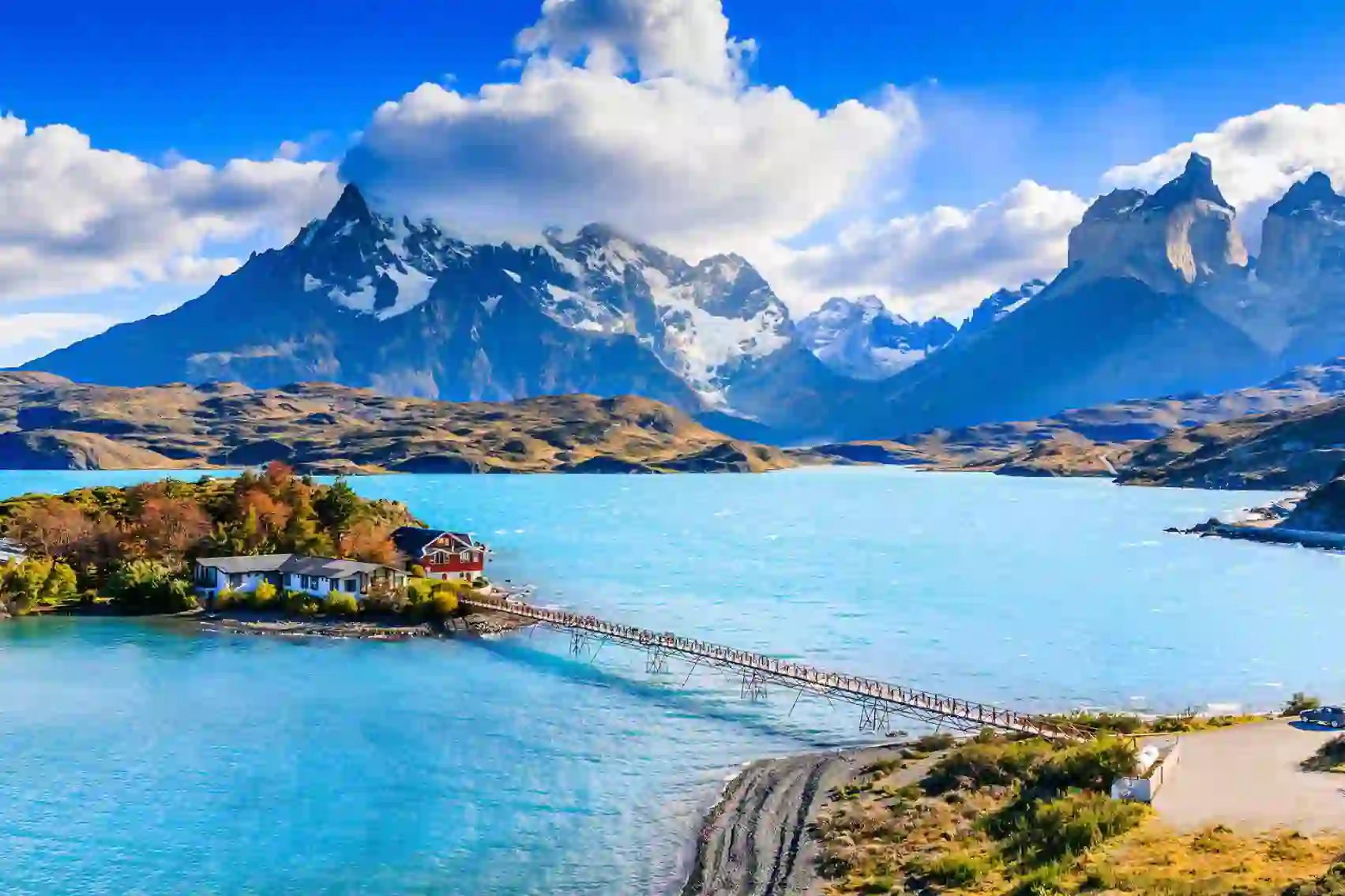
5 UNESCO World Heritage Sites you won’t want to miss
In 1946 UNESCO started designating sites “of outstanding universal value” across the world. To be eligible for selection, sites must meet at least one of their ten criteria and can be either manmade or natural. There are 1121 UNESCO World Heritage Sites in the world, including iconic destinations like Machu Picchu, the Great Barrier Reef and the Taj Mahal. With so many wonderful destinations and sites included, this list is an invaluable tool for creating the ultimate travel wish-list.
Many sites on the UNESCO list have been around for hundreds of years, and in some cases, millions of years. With so many to choose from, we decided on five that don’t get the airtime they deserve…
Glacier Bay National Park, Alaska
Glacier Bay National Park is part of Alaska’s vast Inside Passage, which is one of the world’s largest international protected areas. The national park is home to over 1,000 glaciers, most of which are high in the mountains. A few glaciers extend to the sea, including the humongous Grand Pacific Glacier, which is 35 miles long. The John Hopkins Glacier, which is 15 miles long, can move up to 15 feet per day. The national park is home to a staggering amount of wildlife, from humpback whales to seals, bears and moose. Join our Five-Star Alaska Cruise & the Canadian Rockies tour for a unique view of this spectacle as you cruise through the national park.

Giant’s Causeway, Northern Ireland
The Giant’s Causeway is Northern Ireland’s only UNESCO-listed site and consists of 40,000 basalt columns rising from the sea. According to legend, an Irish giant by the name of Finn McCool created this site so he could cross the Irish Sea to Scotland, where he would go into battle with his nemesis, Benandonner. Scientists believe the formations are 60 million years old, created by rapidly cooling lava exuding from the ocean floor. However these stunning rock formations came to be, the Giant’s Causeway is a destination that should be on your wish-list if it isn’t already. Enjoy an illuminating guided tour of this extraordinary sight on our Donegal & the Giant’s Causeway tour.

Villefranche-de-Conflent, France
Courtyard of Fort Liberia at Villefranche de Conflent village in France
This charming village, undoubtedly one of France’s most beautiful, is home to three UNESCO-listed sites. Located in the southwest of the country in the Catalan Pyrénées, this fortified town was founded in the 11th century. The town’s primary function at the time was to protect the surrounding valleys from invasion. Vauban, the famous French military engineer reinforced Villefranche-de-Conflent in the 17th century. He built impregnable ramparts and fortifications that still stand today. The town’s three UNESCO sites include Vauban’s famed Ramparts, the exquisite Fort Libéria and the stunning Cova Bastera Cave. The historic Little Yellow Train runs from the town too. Explore the town and enjoy a ride on the train as it passes through some stunning scenery as part of our Little Trains of the Pyrénées tour.

Polonnaruwa, Sri Lanka
The ancient city of Polonnaruwa was the second capital of Sri Lanka, after the destruction of Anuradhapura in 993. It served as the capital until 1214 when it was sacked by Kalinga Magha. Today, this ancient city is one of Sri Lanka’s best-preserved archaeological sites and features the stunning 12th-century monumental ruins of Parakramabahu I’s fabulous garden city. There’s also a handful of exceptional Brahmanical monuments, constructed by the Cholas, to explore, together with the delightful Quadrangle – a centralised compact group of raised ruins bound by a wall. Discover more about this ancient historic city on a guided tour, as part of our Temples, Safari and Beach tour in Sri Lanka.

The Taj Mahal, India
The Taj Mahal, an iconic symbol of India's rich history and architectural brilliance, stands as a UNESCO World Heritage Site that captivates millions of visitors from around the globe. Located in Agra, this magnificent white marble mausoleum was commissioned in 1632 by the Mughal Emperor Shah Jahan in memory of his beloved wife, Mumtaz Mahal. Its stunning blend of Persian, Islamic, and Indian architectural styles, combined with its exquisite gardens and reflective pools, creates an ethereal beauty that is unrivaled. Recognized not only for its artistic mastery but also for its historical significance, the Taj Mahal is a testament to enduring love and a must-visit destination for travellers seeking to experience one of the world's most remarkable cultural treasures.








